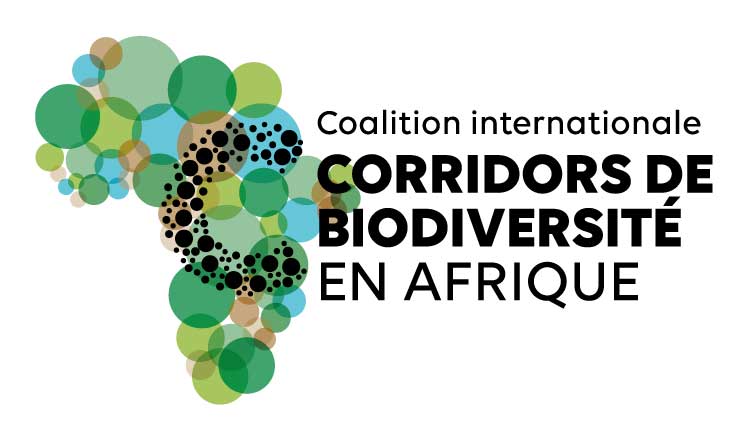Ce site utilise des cookies afin que nous puissions vous fournir la meilleure expérience utilisateur possible. Les informations sur les cookies sont stockées dans votre navigateur et remplissent des fonctions telles que vous reconnaître lorsque vous revenez sur notre site Web et aider notre équipe à comprendre les sections du site que vous trouvez les plus intéressantes et utiles.
The population in the Kilimanjaro – Longido Corridor consists of pastoral and agro-pastoral Maasai and small scale farmers who are of Wachagga, Wameru, Waarusha, Wasafa, and other ethnicities. There are also Chagga, Pare, Meru and Waarusha people. In the 1950s, British settlers established plantations in the area.
Between Kilimanjaro National Park and Engare Nairobi and other villages, there is a forest plantation run by the Tanzania Forest Services Agency, the West Kilimanjaro Forest Plantation. A large part of the population in Engare Nairobi consists of people who were evicted from this forest plantation in 2007. Due to the rapid growth of Engare Nairobi, village leaders told us that they have requested the government to increase the village area by adding land from a nearby plantation owned by the National Agricultural and Food Corporation, but no action seems to have been taken so far.
Due to the high population density and land scarcity along the mountain slopes, many people practice zero grazing, which means that the forest is the main source of fodder. The main economic activities are small-scale farming, small-scale livestock keeping, small-scale business, and casual labor in plantations. Very few people are employed and some practice the taungya system in the forest plantation.
Tanzanie
Périmètre de l’action : Engare Nairobi is situated in the Siha Magharibi’s Division of the Siha District, Kilimanjaro Region. It is adjacent to the Longido District in the Arusha Region. These two divisions form part of the West Kilimanjaro basin.
Surface : 45’543 ha
Bénéfices pour les communautés locales et gouvernance de l’action locale :
Wildlife management areas are portions of village land set aside for conservation, one of the intentions is to generate revenues from tourism. This Wildlife Management Area was planned as a means to decrease meat poaching and it was seen to be strategically located on the wildlife migratory route between Kenya and Tanzania.
Finally, very few people are employed and some practice the taungya system in the forest plantation. Women Maasai do not have property ownership rights, access to social services, and the power to make decisions about their own lives. Neither they have a right even to resources available in their own compounds.
Description des enjeux de cohabitation Homme / animal sur le corridor :
Période : 2001
Financeurs : Green Environment Fund / UNDP (2001), Rufford Foundation
Porteurs de projet : African Wildlife Foundation, Wildlife Division of the Tanzanian Ministry of Natural Resources and Tourism
Autres acteurs : Forest and Beekeeping Division, Tanzania Forest Services Agency, local Chagga Council,
Type de financement(s) : As Wildlife Management Areas are portions of village land that are set aside for conservation with the intention of revenues from tourism, the Wildlife Regulations 2008 and 2012 provide that revenues from wildlife management areas set different types of fees that are meant to be distributed to local communities. A share of tourism revenues goes to the central and district government. The rest is returned to the Wildlife Management Area, which can keep half and distribute the rest among the member villages . Most is spent on office and conservation expenditures, the rest is distributed to the member villages. Annual revenue for each village increased from approximately USD 1,200 in 2008 to approximately USD 8,250 in 2015 (2007-2015).
Principaux obstacles à l’action et menaces : Local participation and benefit sharing has been employed but the level to which it is practised in each case varies greatly. Limited benefits reach the local communities, and are not directed to the people who bear the direct costs of conservation. In the case of the Kilimanjaro National Park, the benefits distributed to local people are minimal compared to the park‟s income. In the West Kilimanjaro Forest Plantation, local people are involved and benefit through various activities in the forest plantation.
Références bibliographiques de l'action de corridor :
Mariki, S. (2016) Social Impacts of Protected Areas on Gender in West Kilimanjaro, Tanzania. Open Journal of Social Sciences, 4, 220-235
THE PIMA PROJECT RESEARCH DISSEMINATION NOTE Poverty and ecosystem service impacts of Tanzania’s Wildlife Management Areas
Communities and conservation in West Kilimanjaro, Tanzania: Participation, costs and benefits, Sayuni Bildad Mariki, Norwegian Univesity of Life Sciences, 2015
https://www.researchgate.net/profile/Wilfred-Marealle/publication/353178972_KNOWLEDGE_AND_AWARENESS_ON_RHINO_CALF_DEPREDATION_BY_SPOTTED_HYENAS_IN_THE_NGORONGORO_CONSERVATION_AREA/links/6135d60d0360302a00819e1f/KNOWLEDGE-AND-AWARENESS-ON-RHINO-CALF-DEPREDATION-BY-SPOTTED-HYENAS-IN-THE-NGORONGORO-CONSERVATION-AREA.pdf#page=261
Contacts de l’action : K. Homewood, University College London, Department of Anthropology, k.homewood@ucl.ac.uk
